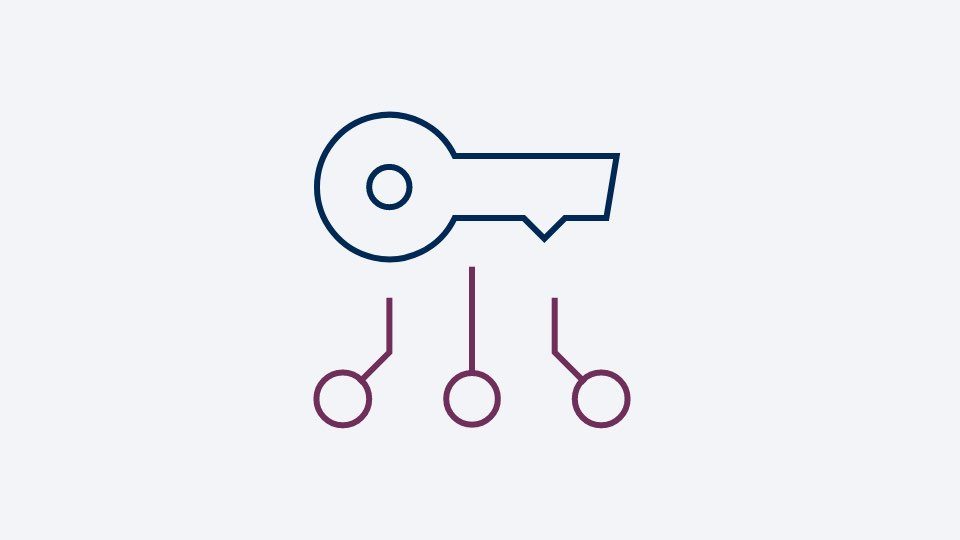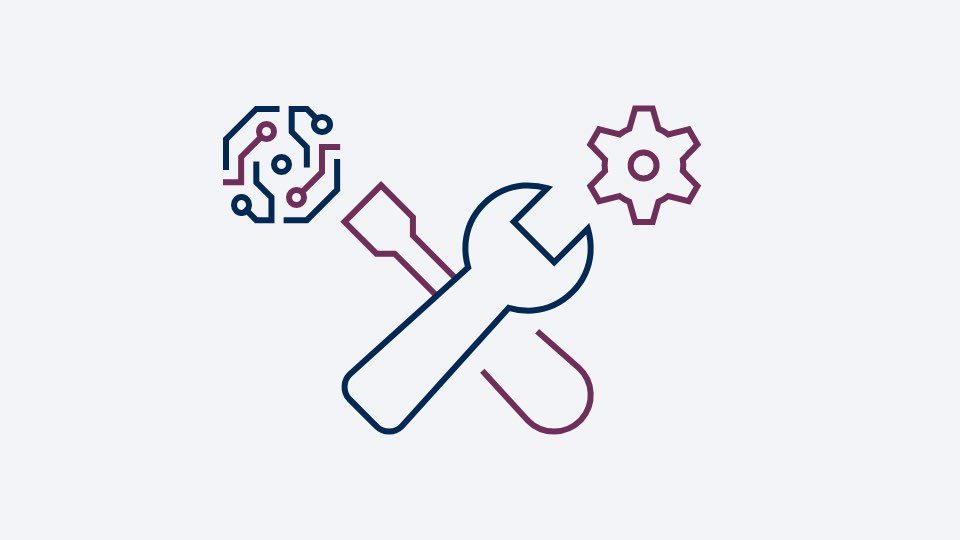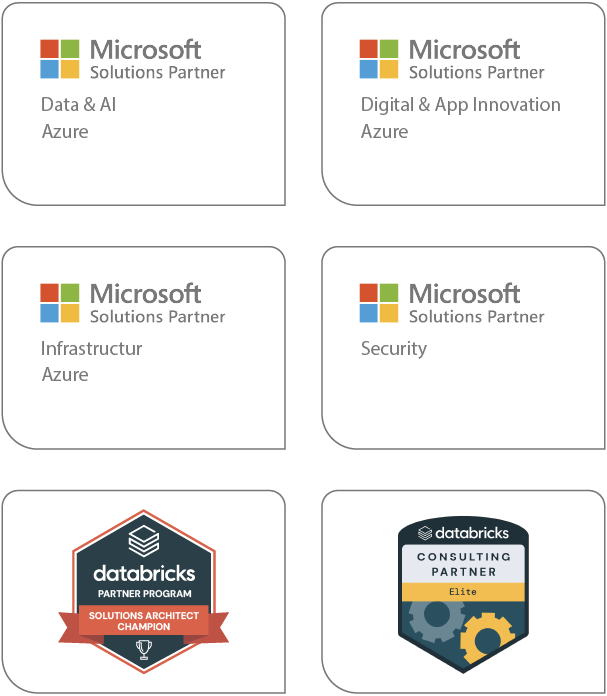At a glance
- Data-based churn model maps customer behaviour in the future
- Potential churn candidates are automatically recognised
- Model optimises itself independently through artificial intelligence and machine learning
The business situation of our client
The market for energy suppliers is characterised by a similar level of performance and quality of the suppliers as well as very low switching barriers for consumers. The willingness to change suppliers is correspondingly high. Companies react to this decreasing customer loyalty with so-called churn management, whereby “churn” is an artificial term made up of “change” and “turn”. In other words, it is about measures that prevent customer churn.
The comprehensive use of data can considerably increase success while reducing costs. This is illustrated by the example of one of our clients. At an early stage, we set up a learning churn model for the now established market entrant that not only reliably identifies potential churn candidates. At the same time, it ensures that the customers who fit the products are addressed.
The solution for our client
The model thrives on the linking of diverse sources and variables on a modern, digital platform. The goal is to represent each customer as accurately as possible. For example, existing customer feedback from the call centre and from marketing campaigns flows into the model. The respective consumption data is also included, as an unsuitable tariff can also cause dissatisfaction. In addition, information on the profitability of the contract is included. All this data is compared with price comparison portals – i.e. are there competing tariffs that could be more interesting for the customer? And: How does the company actually compare to the competition in individual tariff segments?
Further information is provided by campaigns such as “Customers recruit customers”. Because active “recruiters” are considered relatively safe. The same applies to those who have been recruited. On the other hand, if such opinion leaders leave, the danger increases that other customers will follow suit. Last but not least, external sources are taken into account, such as population density and market penetration in certain postcode areas. For example, in regions with low population density and penetration, customers migrate more quickly through the recommendations of neighbours.
How data turns into new values
On this basis, the churn model independently provides a timely warning for each profitable customer with potential switching intentions. Accordingly, the provider can take targeted – and usually successful – countermeasures with individually tailored marketing measures.
The special feature of the model is that it continuously optimises itself through Artificial Intelligence and Machine Learning functions and adapts to changing conditions. The starting point is the existing data from contract renewals and contract terminations. This “learning material” is continuously searched for regularities and patterns. Over time, relevant variables emerges, such as dissatisfaction with prices or certain services. The ideal time to approach the change candidate can also be determined in this way.
turn your data into value.








